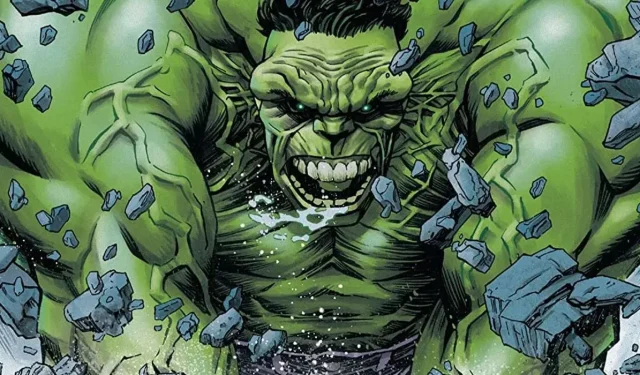
Content Warning: This article contains discussions of abuse.
In the realm of comic storytelling, few narratives resonate as deeply as The Immortal Hulk, crafted by Al Ewing and Joe Bennett. Over the course of Bruce Banner’s 62-year journey in comics, this series stands out for its intricate exploration of Banner’s emotional struggles and the complexities of his gamma-induced personas. It presents a harrowing yet profound story that invites readers to witness Bruce at his worst, grappling with his traumatic past, ultimately establishing its place as Marvel’s definitive portrayal of the Hulk.
Prior to the events of The Immortal Hulk, Bruce Banner faced devastating losses. His close companion, Rick Jones, was brutally murdered by Hydra in Secret Empire #1 (written by Nick Spencer). Compounding his grief, Hawkeye executed Banner, fearing a potential Hulk rampage in Civil War II #3 (by Brian Bendis). This left Bruce bereft of meaningful relationships, isolated in a psychological landscape defined solely by his fractured psyche and dissociative alters.
The Immortal Hulk’s Lasting Impact Rooted in Bruce Banner’s Trauma
The Hulk: Born from Childhood Abuse
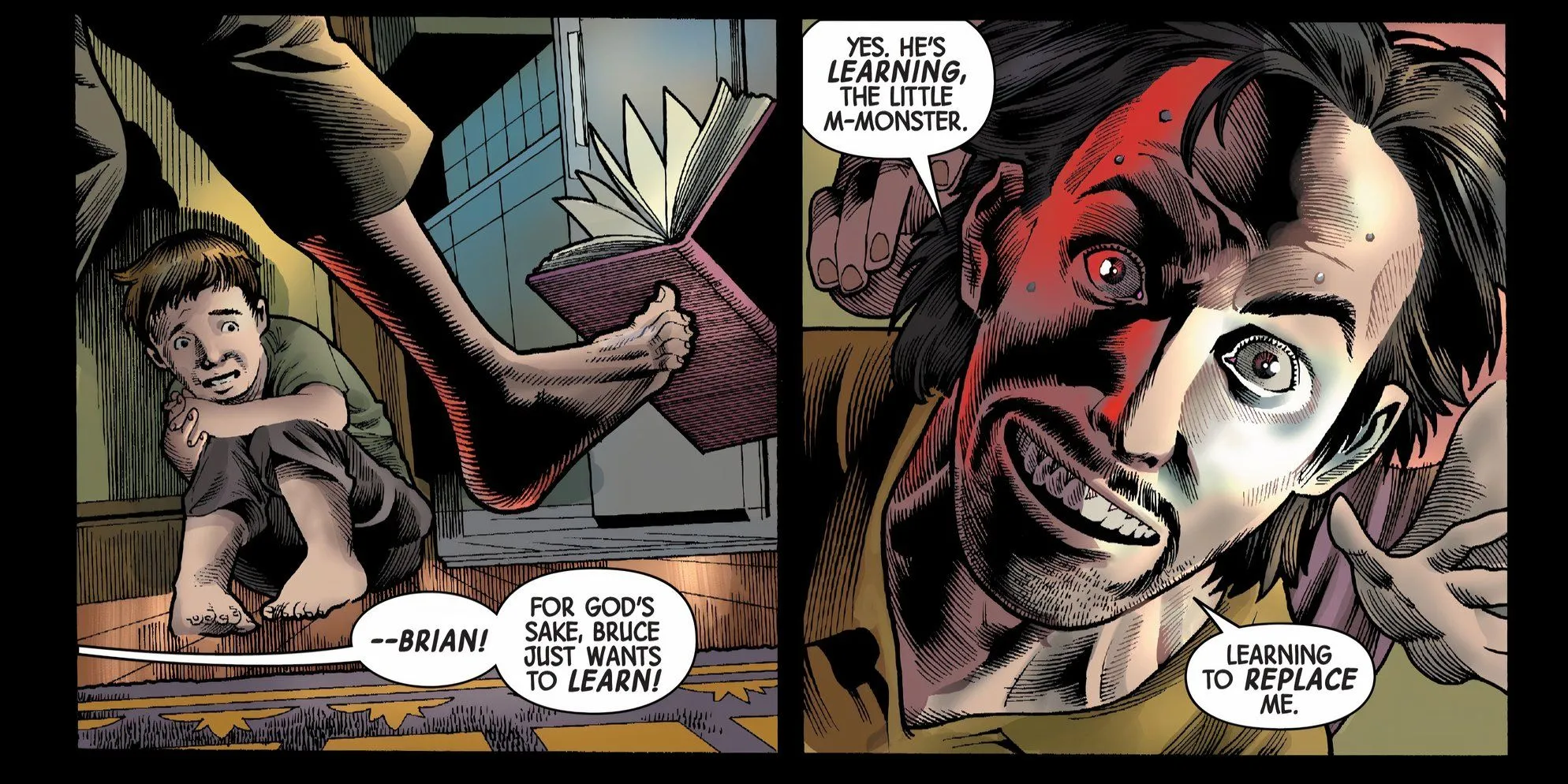
Historically, the Hulk’s origins have been depicted with inconsistency. However, The Immortal Hulk decisively identifies Bruce’s childhood trauma as a catalyst for his dissociative identity disorder (DID), revealing that **two distinct manifestations of the Hulk** have long existed within him. Brian Banner subjected his son to severe physical and emotional abuse and even killed his wife in front of young Bruce, shaping the twisted relationship Bruce had with the concept of fatherhood. This narrative does not shy away from the horrors of childhood trauma; rather, it delivers a stark and honest examination of how such experiences impact a person throughout their life.
The series’ commitment to exploring the darker aspects of Bruce’s backstory through the lens of modern psychology enhances its emotional heft. In issue #32, readers discover that some of the most aggressive iterations of the Hulk emerged as early dissociative alters protecting young Bruce from harm. The Savage Hulk, characterized by his guttural “Hulk Smash,”represents Bruce’s childhood desire to escape trauma, whilst the Devil Hulk personifies his misguided notions of paternal protection rooted in a desire to eliminate threats.
The Challenge of Marvel Canon Subjectivity on Hulk’s Development
How Banner and the Hulk’s Relationship Was Undermined

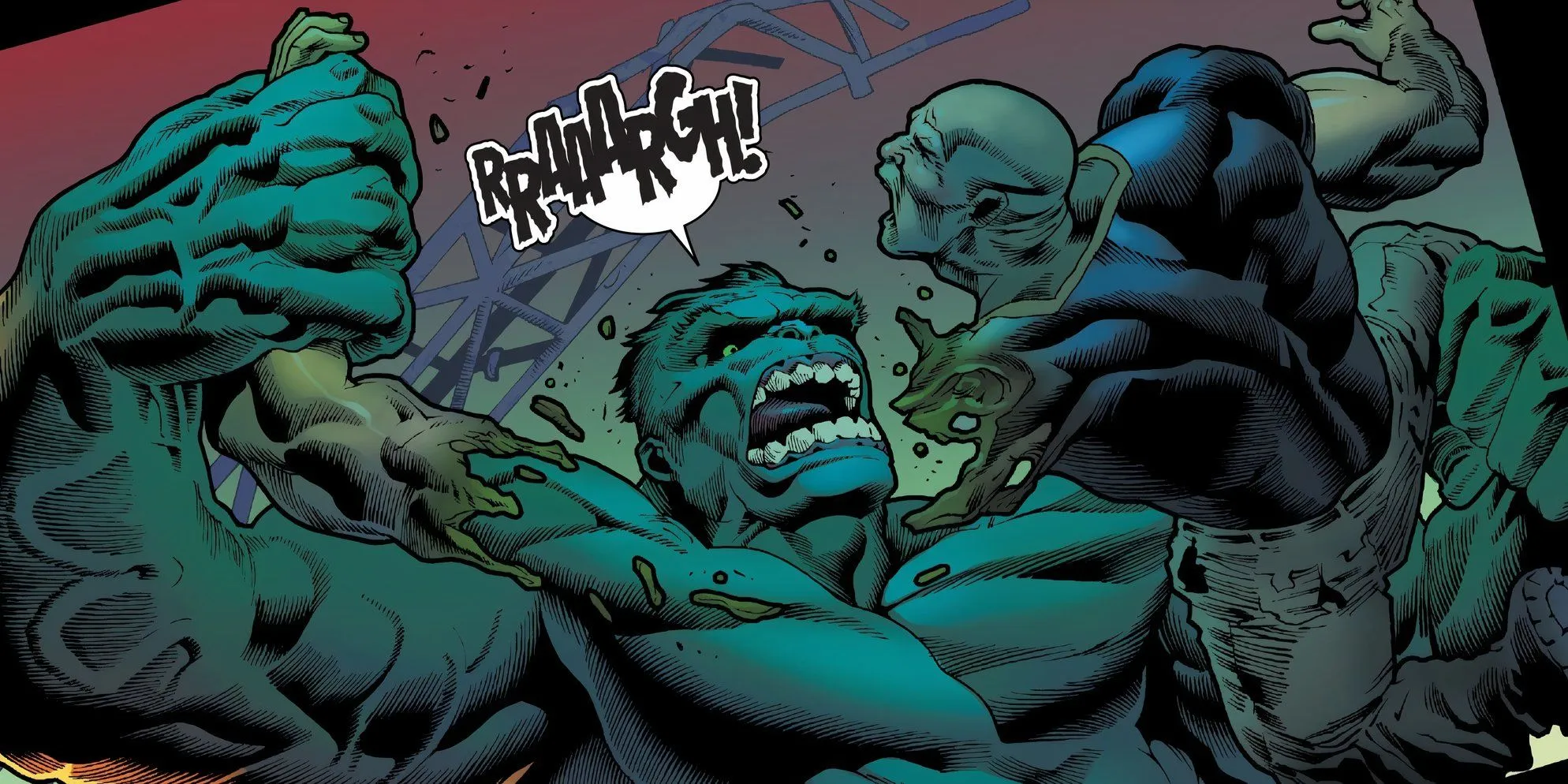
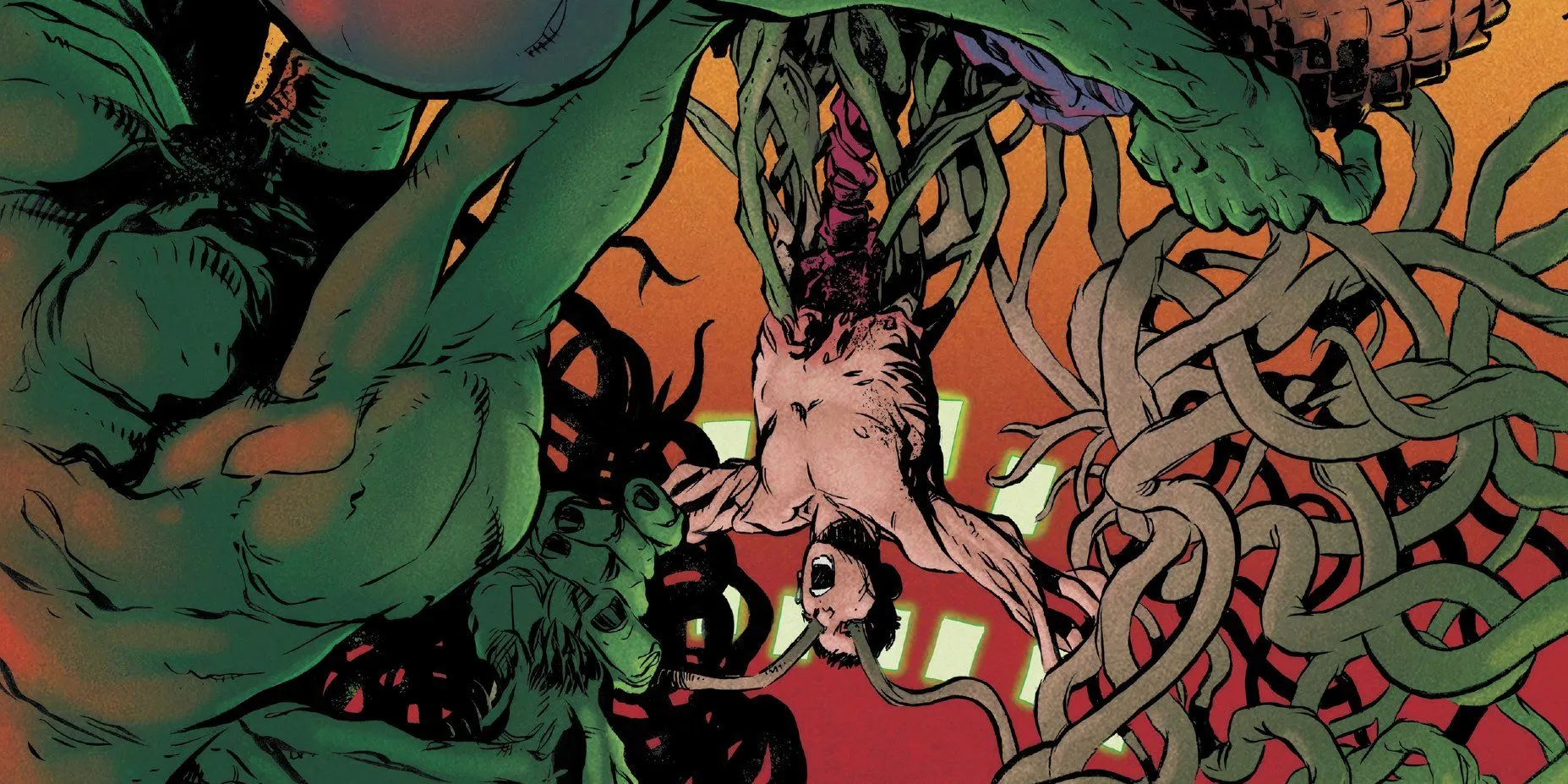
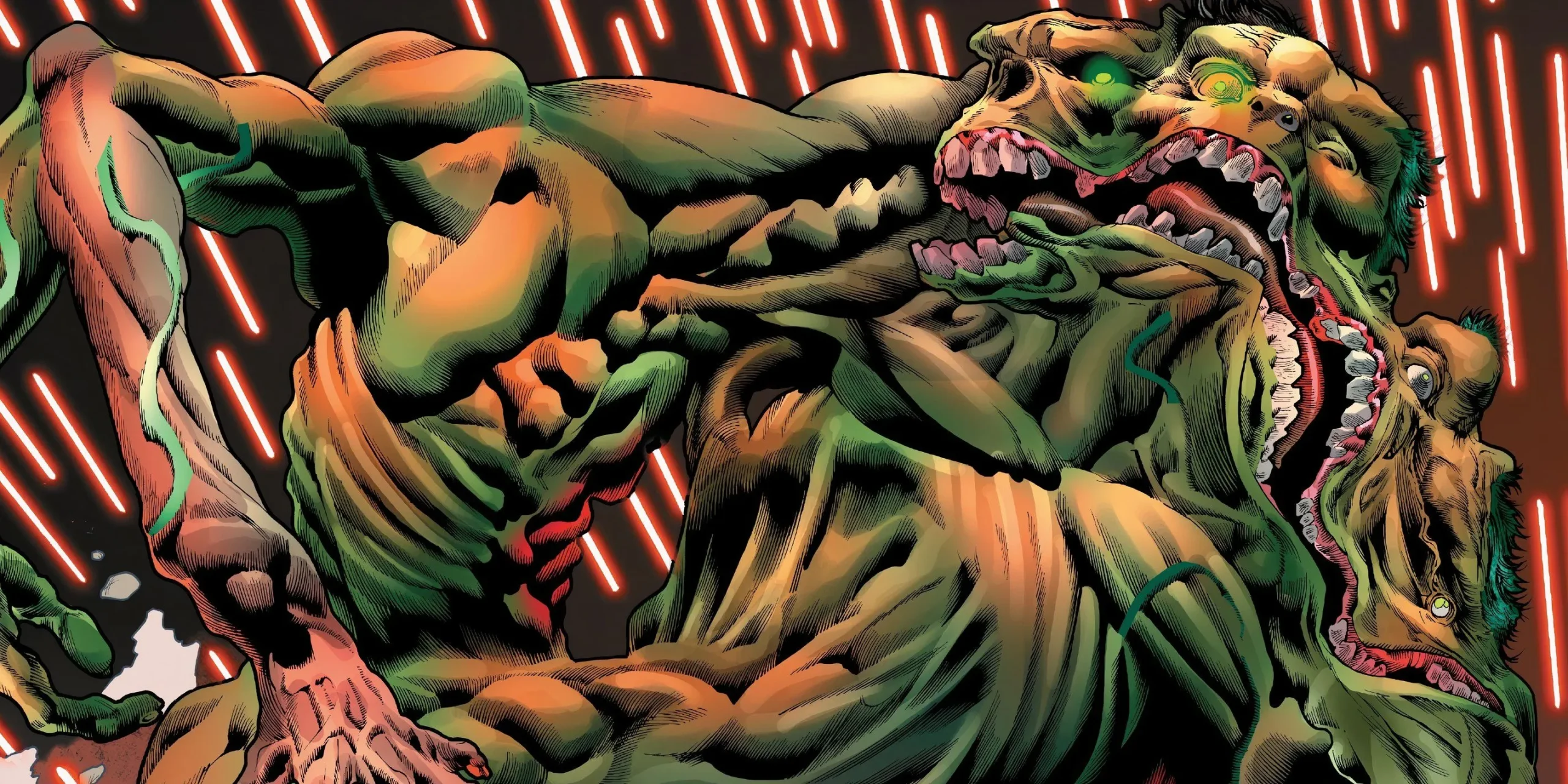
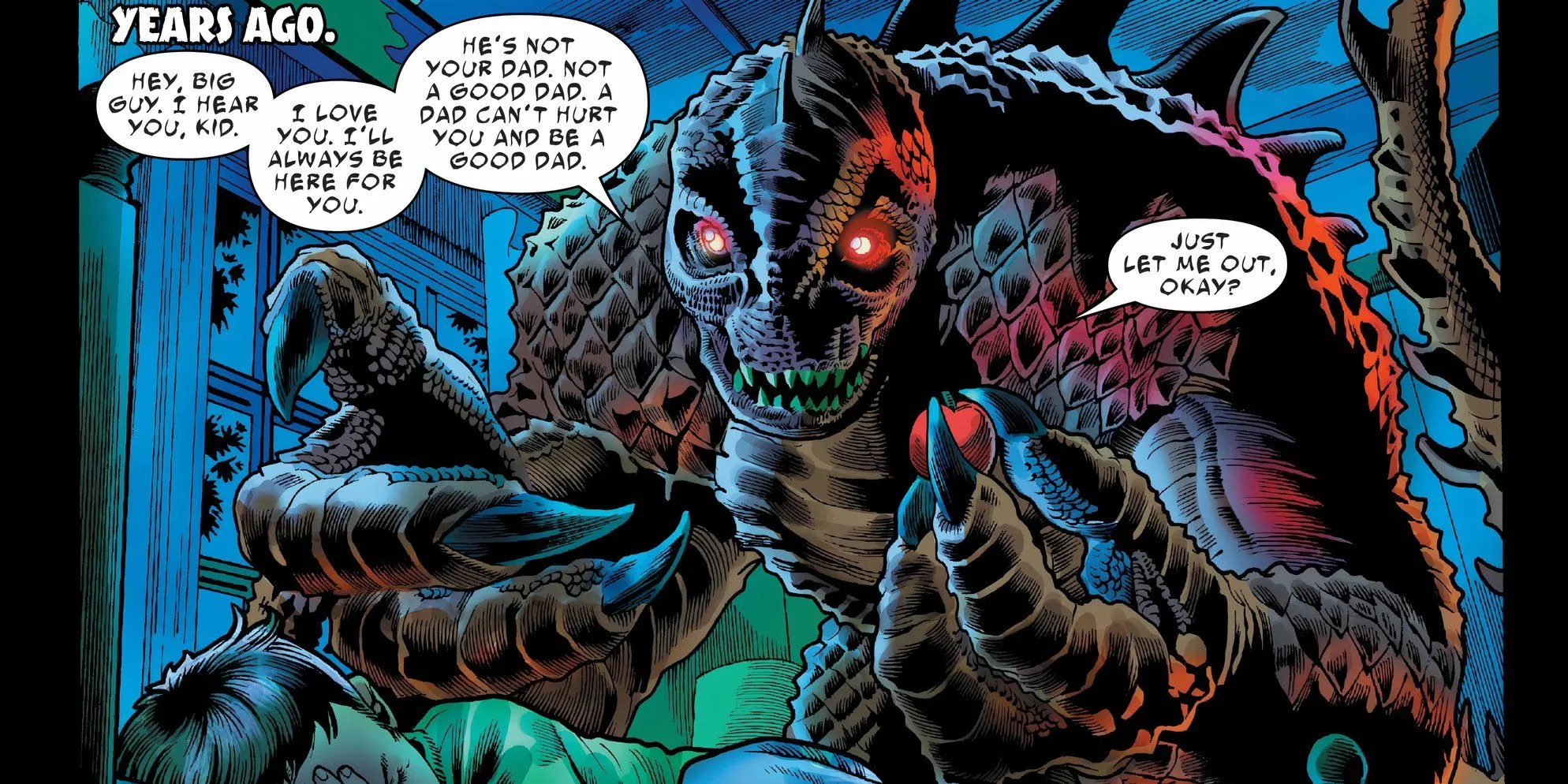
Through an evocative blend of horror and introspective narrative, The Immortal Hulk ultimately guided the Hulk character and Bruce Banner toward a poignant resolution, seemingly paving the way for future stories centered around their healing journey. However, this potential was abruptly undercut by the subsequent series, simply titled Hulk, by Donny Cates and Ryan Ottley, which dismantled the nuanced character development introduced in Ewing’s rendition. This new take reverted to a more generic Jekyll and Hyde dynamic, portraying Banner as a “Mad Scientist”intent on manipulating the Hulk rather than understanding him, thus sidelining the emotional depth crafted over the series.




Leave a Reply